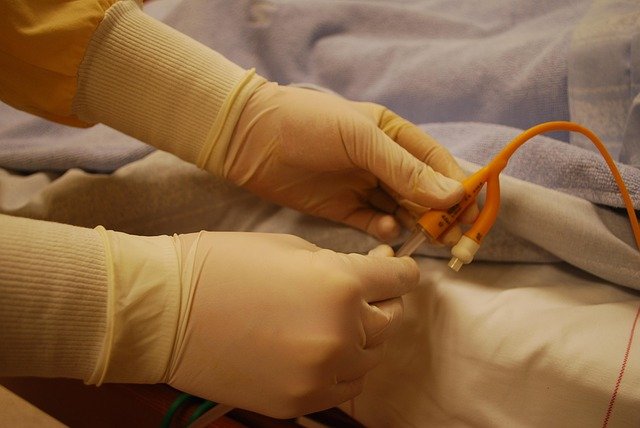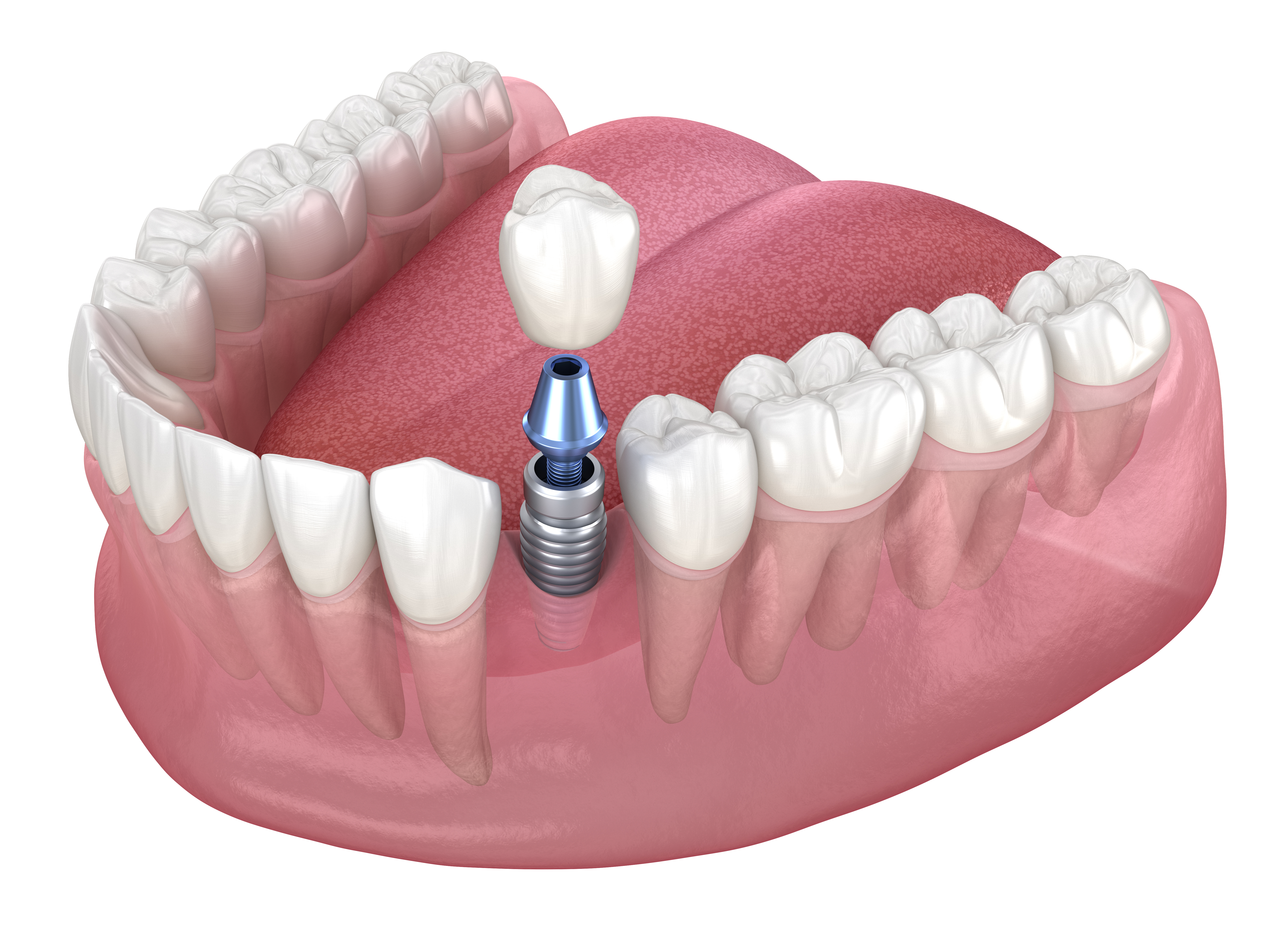Early Warning Signs and Treatment Options for Stroke
A stroke is a serious medical emergency that occurs when blood supply to part of the brain is cut off. Recognizing the early warning signs and seeking immediate treatment can significantly improve outcomes for stroke patients. This article will explore the key indicators that may signal an impending stroke, as well as the various treatment options available.

What are the most common signs of an impending stroke?
The signs of an impending stroke can be sudden and dramatic. The American Stroke Association promotes the acronym FAST to help people remember the most common stroke symptoms:
-
Face drooping: One side of the face may droop or become numb.
-
Arm weakness: One arm may become weak or numb.
-
Speech difficulty: Speech may become slurred or difficult to understand.
-
Time to call emergency services: If any of these symptoms occur, even if they go away, call for immediate medical help.
Other signs you may be about to have a stroke include sudden confusion, trouble seeing in one or both eyes, severe headache with no known cause, and difficulty walking or maintaining balance.
How soon before a stroke do warning signs typically appear?
Stroke warning signs and symptoms can appear anywhere from a few minutes to several days before a full-blown stroke occurs. Some people experience transient ischemic attacks (TIAs), often called “mini-strokes,” which can serve as warning signs days or weeks before a major stroke. TIAs produce stroke-like symptoms that typically last only a few minutes to a few hours.
It’s crucial to recognize that even if symptoms disappear quickly, they should still be taken seriously and warrant immediate medical attention. Early intervention can prevent a more severe stroke from occurring.
What are the different types of strokes and their symptoms?
There are two main types of strokes, each with distinct symptoms:
-
Ischemic Stroke: This is the most common type, accounting for about 87% of all strokes. It occurs when a blood clot blocks a blood vessel in the brain. Symptoms can include:
-
Sudden numbness or weakness, especially on one side of the body
-
Sudden confusion or trouble speaking
-
Sudden vision problems in one or both eyes
-
Sudden dizziness or loss of balance
-
Sudden severe headache with no known cause
-
-
Hemorrhagic Stroke: This type occurs when a blood vessel in the brain ruptures. Symptoms may include:
-
Severe headache
-
Difficulty swallowing
-
Nausea and vomiting
-
Seizures
-
Loss of consciousness
-
What immediate actions should be taken if stroke symptoms appear?
If you suspect someone is having a stroke, take these immediate actions:
-
Call emergency services right away. Don’t wait to see if symptoms improve.
-
Note the time when symptoms first appeared. This information is crucial for treatment decisions.
-
Perform CPR if the person is unconscious and not breathing.
-
Do not give the person anything to eat or drink.
-
Have the person lie down on their side with their head slightly raised and supported.
-
Loosen any tight clothing, especially around the neck.
-
If the person is experiencing a seizure, clear the area around them to prevent injury.
Remember, time is critical in stroke treatment. The faster a person receives medical attention, the better their chances of recovery.
What are the current treatment options for stroke?
Treatment for stroke depends on the type of stroke and how quickly the patient receives medical care. Here are some common treatment approaches:
For Ischemic Stroke:
-
Thrombolytic drugs (clot-busters) like tPA (tissue plasminogen activator) can be administered within 3 to 4.5 hours of symptom onset.
-
Mechanical thrombectomy, a procedure to physically remove large clots, can be performed up to 24 hours after symptom onset in some cases.
-
Blood thinners may be prescribed to prevent future clots.
For Hemorrhagic Stroke:
-
Surgery may be necessary to repair ruptured blood vessels or remove blood that has accumulated in the brain.
-
Medications to control blood pressure, reduce brain swelling, and prevent seizures may be administered.
After the immediate crisis, rehabilitation is a crucial part of stroke treatment. This may include physical therapy, occupational therapy, speech therapy, and psychological support.
How can one reduce the risk of having a stroke?
While some risk factors for stroke, such as age and family history, cannot be changed, there are many ways to reduce your stroke risk:
-
Control high blood pressure through medication and lifestyle changes.
-
Quit smoking and avoid secondhand smoke.
-
Manage diabetes through proper diet, exercise, and medication if necessary.
-
Maintain a healthy weight through diet and regular exercise.
-
Limit alcohol consumption.
-
Treat heart disease, including atrial fibrillation.
-
Eat a healthy diet rich in fruits, vegetables, and whole grains, and low in saturated fats.
-
Stay physically active with at least 150 minutes of moderate-intensity exercise per week.
-
Manage stress through relaxation techniques, meditation, or counseling.
-
Have regular check-ups with your healthcare provider to monitor your overall health.
By understanding the early signs of stroke, taking immediate action when symptoms appear, and adopting a healthy lifestyle, you can significantly reduce your risk of experiencing this potentially life-altering event. Remember, when it comes to stroke, time is brain – act fast to save a life.
This article is for informational purposes only and should not be considered medical advice. Please consult a qualified healthcare professional for personalized guidance and treatment.




